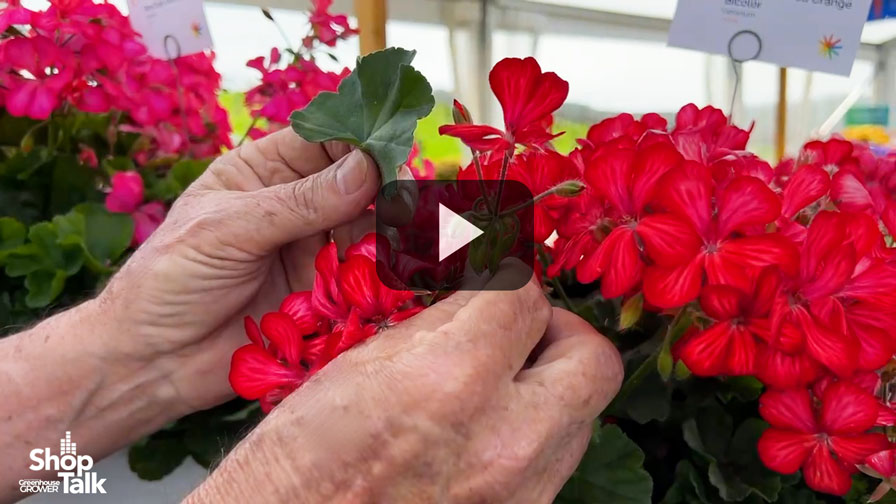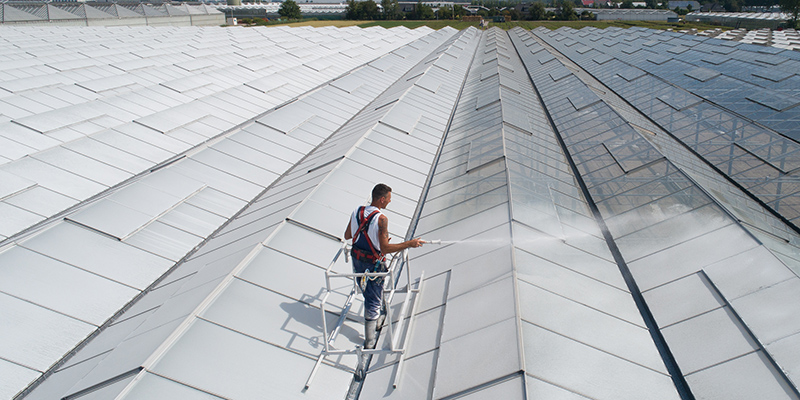Why Peat Harvest Is Heavily Dependent on Weather

Photo: Premier Tech
In recent years, one of growers’ top concerns has been peat supply. The availability of peat moss, which is harvested from bogs largely concentrated in Canada and Europe, has fluctuated in recent years. Suppliers say it all depends on Mother Nature.
Many growers may hear rumors that there is a shortage of peat or that peat as a natural resource has been depleted. However, the experts say this is misleading. There is not a shortage of peat, but suppliers may have trouble meeting demand due to wet weather conditions.
Bob Bollinger, CEO of ASB Greenworld, says peat harvesting is highly dependent on the weather. The season can range from May through September, but the bulk of harvesting takes place June through August. If there are 90 days within a harvesting season, Bollinger says suppliers may only be able to harvest for 45 days.
It is not possible to harvest on many days because of various environmental factors. For example, Bollinger says peat cannot be harvested at night because of the dew on the ground. Certain moisture conditions on the ground and in the air could prevent the harvest. ASB Greenworld uses machines to vacuum a thin layer of peat moss off the ground. If the peat is wet, it is too heavy for the machines to pick it up.
Ideally, conditions should be dry, but sometimes there are drought conditions that could lead to a fire hazard, so province governments in Canada order suppliers off the bogs.
Bollinger says he has been in the horticulture industry since 1996, noting that the weather patterns are changing. In the last 10 years, he says there has been one good harvest, two average harvests, and the rest have been below average. Overall, the summer season is becoming more rainy, he says.
ASB Greenworld is opening more fields at all its bogs including a peat bog in Estonia and as of this year, a new peat source in western Canada. The good news is that ASB Greenworld is moving peat moss resources from where there is supply, to where it isn’t in supply. The bad news is that this increases the cost of the peat moss to the grower and this season’s harvest in Canada is so bad, that in the end, there is still going to be a shortage from most suppliers. The future is bright for the supply of peat moss, but this year is going to be tough.
Chuck Buffington, Vice President of Sales for Berger, says longer days contribute to improved harvest. Many people are not aware that consistent wet weather is more problematic for peat suppliers than occasional days with heavy rain.
“If we have 1/10 inch of rain every day, you can’t do anything. Whereas if you have 1 inch of rain once a week then six days of dry weather, you can harvest,” Buffington says. “It’s about the weather pattern rather than the total amount of moisture.”
Ed Bloodnick, Grower Services and Product Development Director – Horticulture for Premier Tech, says last season was very wet for suppliers in Canada, adding that the jet stream tracked north and brought more rain than usual. Premier Tech has multiple locations across Canada, including in Manitoba and Saskatchewan, and the team hoped that it would not rain in all locations. This past season was very wet, particularly in Eastern Canada, making it difficult to harvest throughout the season.
“We have to allow the peat to dry on the bog from the sun and dry weather,” Bloodnick says. “Harrows are used to comb the surface of the peat bog and the peat moss is rolled for the sun and wind to dry it. We need about three days of dry weather to do this and then we can vacuum harvest the peat moss. When it rains, we start back to day one again and we lose harvest days. This really impacts the availability of peat.”
Søren Møller Nielsen, Sales Director Americas for Pindstrup, says his team mostly harvests in the Baltics (specifically in Latvia), which consists of Estonia, Latvia, and Lithuania. Supply and demand have fluctuated in recent years. The harvest in Canada has been lesser than expected for the last two years, which puts a strain on the supply chain for North American growers.
Coupled with increased demand during the COVID-19 pandemic, this made for a tight market. The pandemic also affected Pindstrup with its customers in North America due to elevated freight rates and fewer shipping containers, Nielsen says.
As the harvesting season continues, suppliers urge growers to keep in touch. Despite challenging weather conditions, suppliers are working to fulfill orders and provide high-quality customer service.









